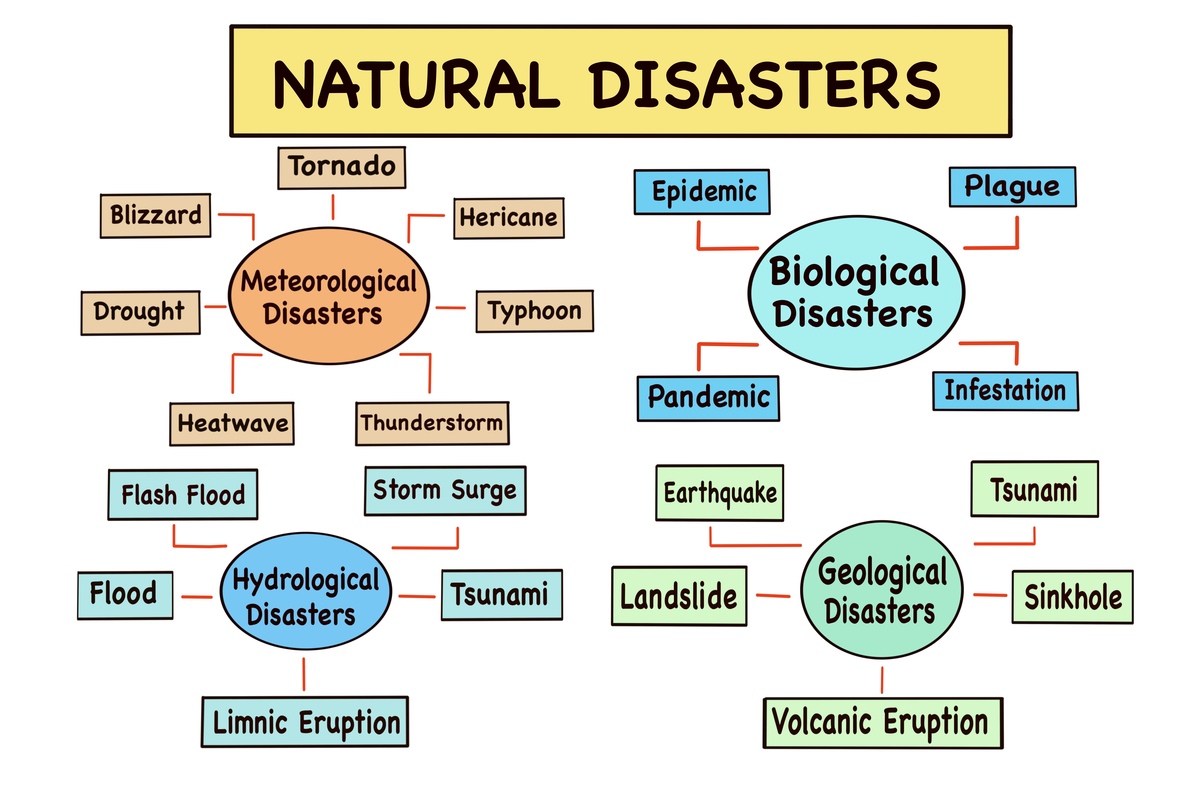Generative Adversarial Networks (GANs): Definition and Applications
Generative Adversarial Network (GAN) is a powerful deep learning technique used for generating realistic data. It consists of two competing neural networks: a generator and a discriminator. The generator tries to create data that looks like the real data, while the discriminator tries to distinguish between real and generated data. This adversarial process leads to the generator learning to create increasingly realistic data.
GANs have a wide range of applications, including:
- Image synthesis: Generating realistic images of objects, faces, and scenes.
- Text generation: Creating coherent and grammatically correct text.
- Data augmentation: Increasing the amount of training data by generating synthetic data.
- Drug discovery: Designing new drugs by generating molecules with desired properties.
- Video generation: Creating realistic videos from scratch.
GANs are a rapidly evolving field with exciting potential for a wide range of applications. They offer a powerful tool for generating data that can be used to improve many machine learning tasks.

原文地址: https://www.cveoy.top/t/topic/o9mu 著作权归作者所有。请勿转载和采集!